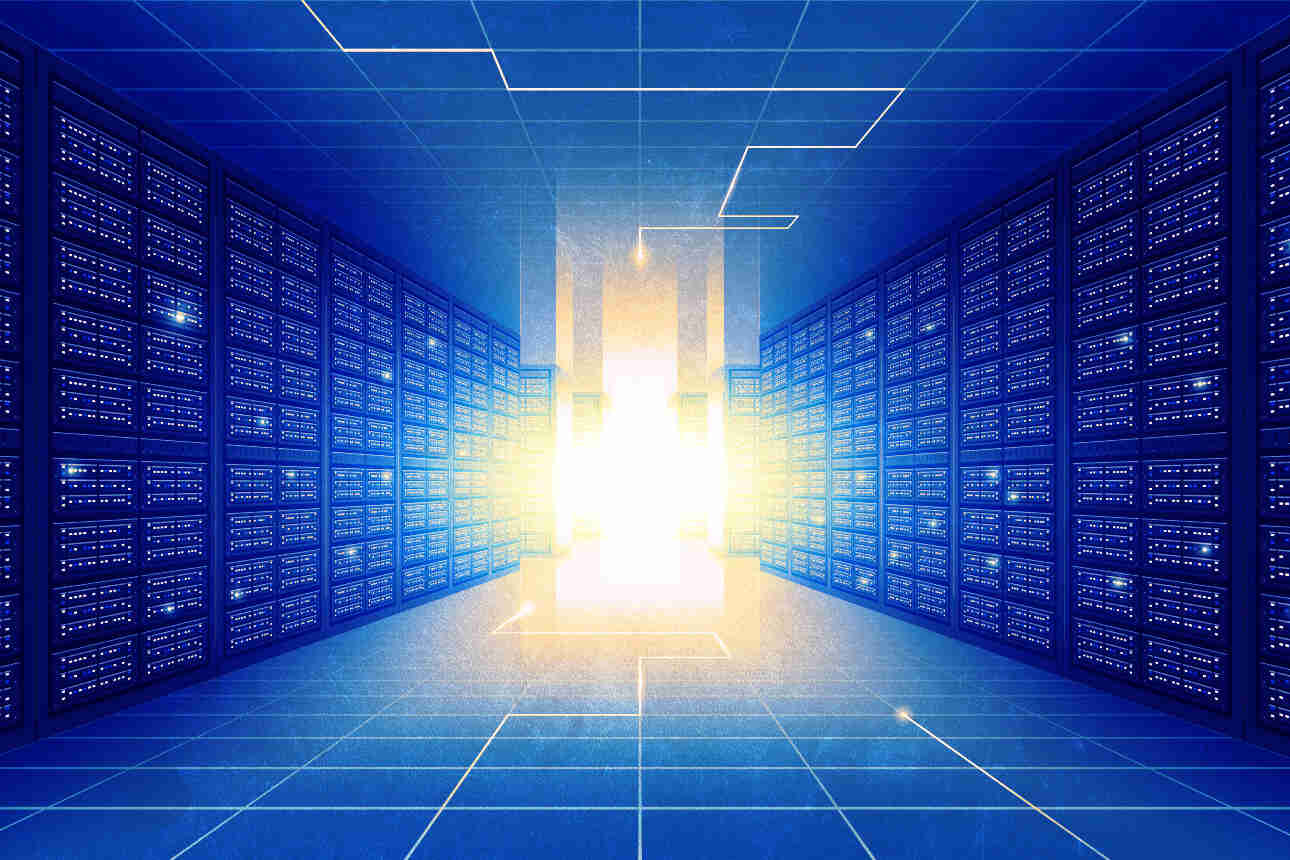CERN and Pure Storage Partner to Power Data Innovation in High-Energy Physics
This collaboration represents a shift in how large-scale science is powered—positioning data storage as a driving force in discovery.
Topics
News
- UAE President Meets Musk to Discuss AI and Cross-Border Collaboration
- UAE Forms National Media Authority to Centralize Media Oversight
- TikTok Strikes US Sale Deal With Oracle, Silver Lake, and UAE’s MGX
- Gartner Pinpoints the Companies Leading the AI Vendor Race
- UAE to Add 1M+ Jobs By 2030, Driven by Tech Sector
- Not All AI Firms Will Pull Through, Says Bill Gates

[Image source: Krishna Prasad/MITSMR Middle East]
Pure Storage has announced a multi-year collaboration with CERN, the European Laboratory for Particle Physics, through CERN openlab. The partnership aims to accelerate the development of next-generation ICT infrastructure to support the growing data demands of the Large Hadron Collider (LHC).
With massive volumes of data generated from high-energy physics experiments, CERN is seeking to overcome the limitations of traditional storage systems. By integrating Pure Storage’s DirectFlash technology, the collaboration will explore how flash storage can unlock greater performance, density, and energy efficiency.
“Together with CERN openlab, we are pushing the boundaries of what’s possible in HPC and Grid Computing environments supporting cutting edge scientific workflows,” said Rob Lee, Chief Technology Officer at Pure Storage. “With the integration of our state-of-the-art technology in CERN’s large-scale distributed storage system, CERN openlab is ready to tackle the unprecedented volumes of data with unparalleled speed and reliability while empowering researchers for the extraordinary challenges posed by the High-Luminosity Large Hadron Collider (HL-LHC) era.”
CERN openlab is focused on building sustainable, high-performance infrastructure tailored to scientific research needs. The project will evaluate how flash storage can optimize both software and hardware performance, reduce energy use, and scale to meet future needs.
“We expect this partnership will deliver some key wins as we look to the future of storing scientific experiments data,” said Luca Mascetti, Storage CTO at CERN openlab. “First, we expect to integrate this technology into our large-scale distributed storage system and to deliver data more effectively, providing a way to scale storage performance beyond what is possible today. Second, we are hoping to unlock the next generation of high energy physics breakthroughs at CERN and demonstrate to the broader scientific community the potential for enhancing storage capabilities, ultimately accelerating the pace of discovery and innovation at research institutions globally.”
This collaboration represents a shift in how large-scale science is powered—positioning data storage as a driving force in discovery.








